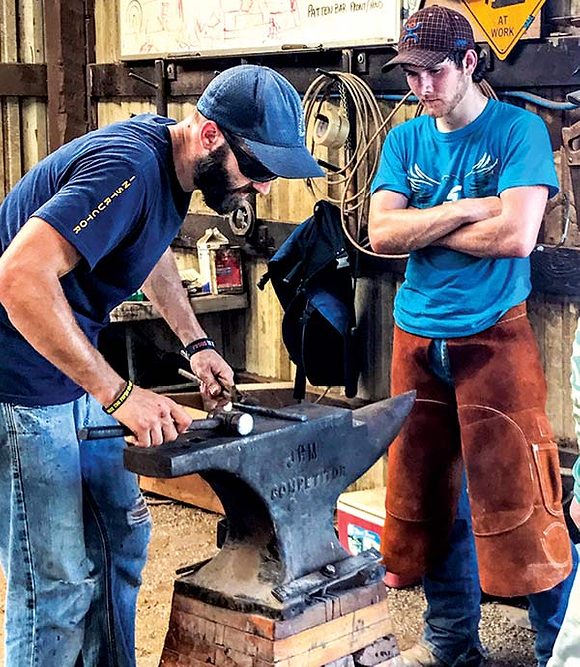American Farriers Journal
American Farriers Journal is the “hands-on” magazine for professional farriers, equine veterinarians and horse care product and service buyers.

Forging handmade shoes is one of the most important things students should learn while in shoeing school. Photo: Oklahoma Horseshoeing School
I have taught horseshoeing for 40 years to more students than anybody else ever has. Most of my graduates went on to shoe horses professionally and made a living for themselves and their families.
There are a number of ideas and philosophies about what’s important when learning about horseshoeing. The following are my ideas of what you should learn at shoeing school.
1
Theory. You must learn theory of horseshoeing and the physical and anatomical principles involved in farriery. It is not easy to learn, but it must be learned.
2
Consistency. Your progress should be monitored daily while you learn the basics. You need to learn to look for and achieve balance and appropriate angles. You should learn the shape of more or less “normal” horses’ hooves and see how that shape applies to the individual hoof that you are working on. If you learn to get the trim and shape right, then the nails almost drive themselves.
Learning theory of horseshoeing, as well as anatomy is essential before you leave shoeing school.
Know the shape of a “normal” horse’s hoof and appraise your work against that shape 6 weeks after the shoeing or trimming.
Become a knowledgeable and competent horseman and be able to teach horsemanship to clients.
3
Horsemanship. Farriers should be good horsemen and should teach horsemanship to their clients. The farrier is the only…